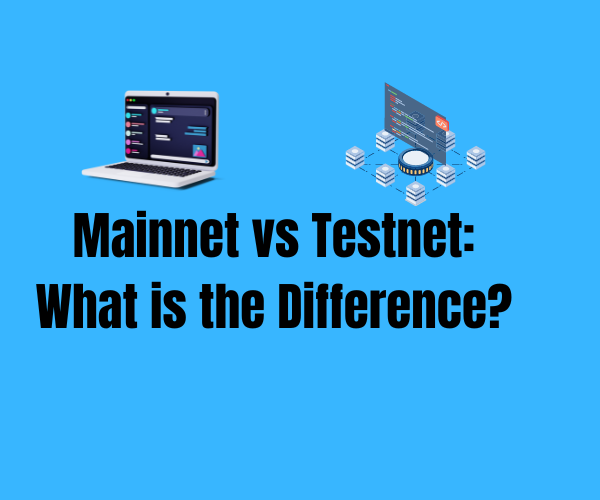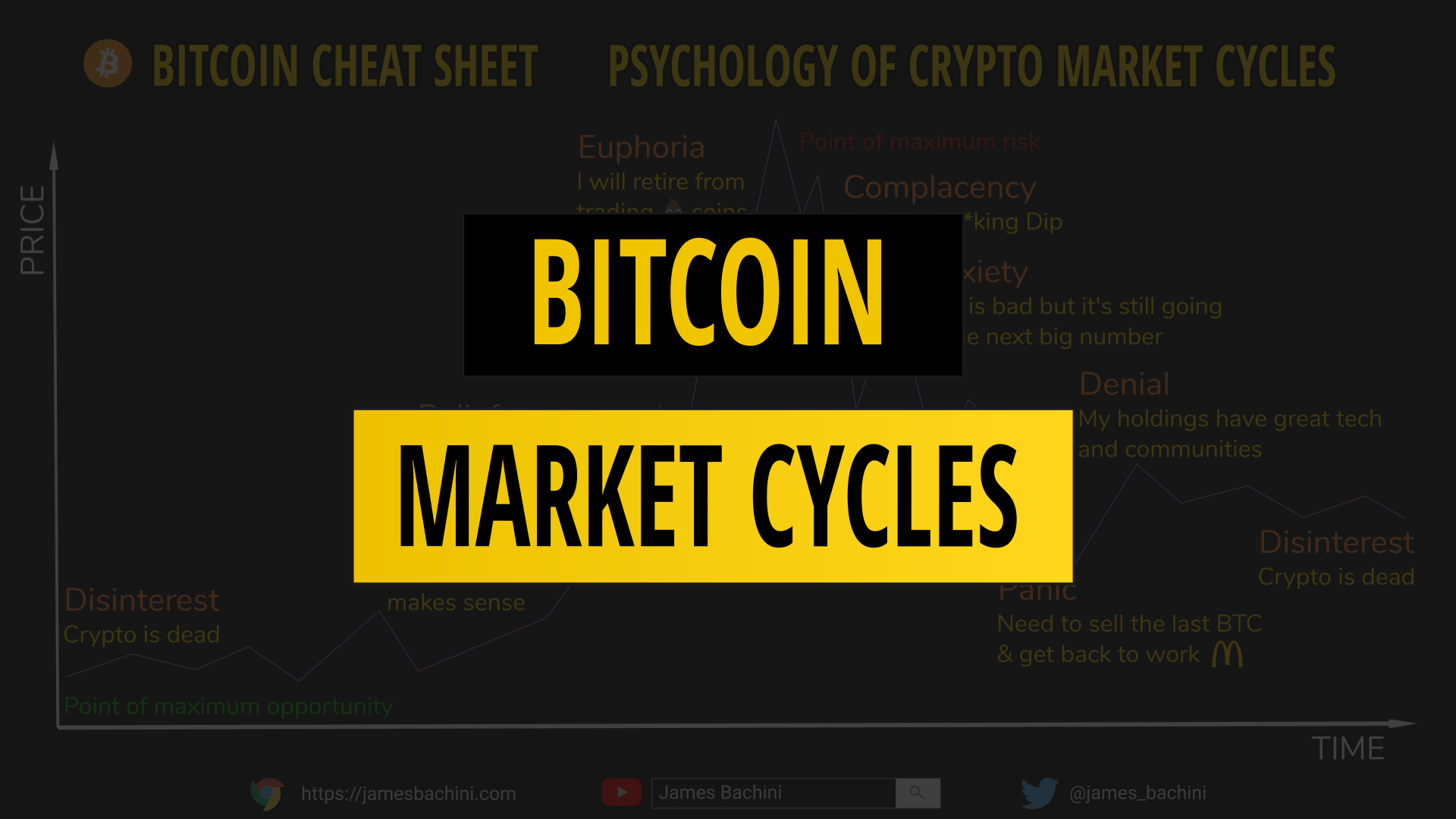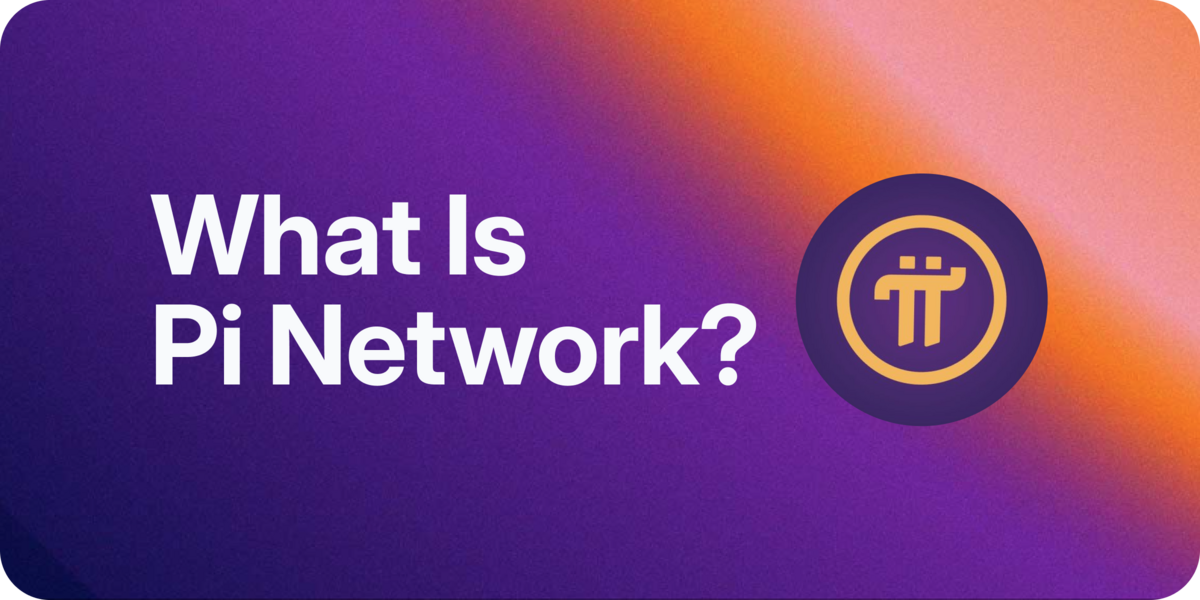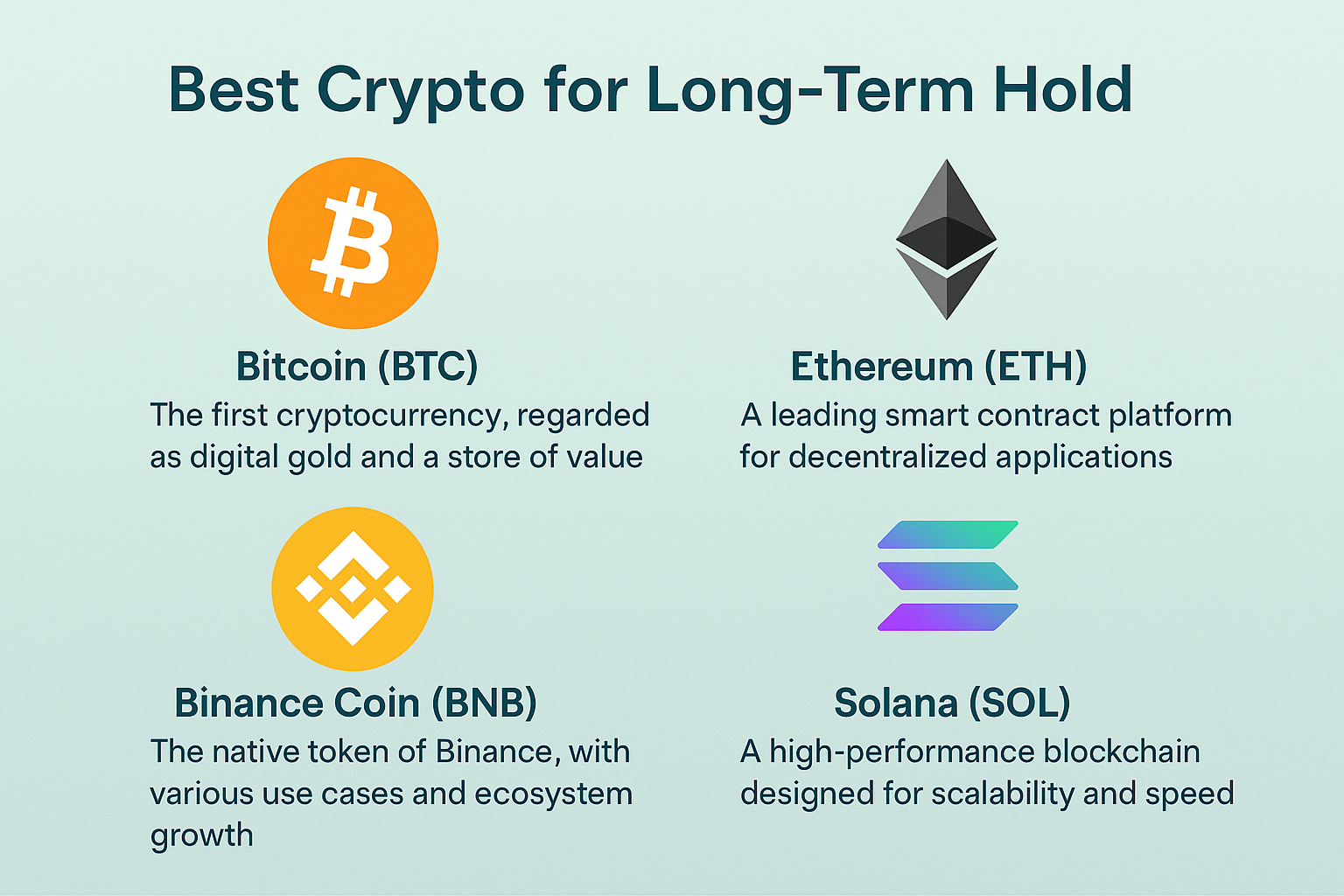Testnet vs Mainnet: Full Breakdown in Blockchain Technology
In the world of blockchain and cryptocurrency, two terms that are frequently encountered are Mainnet and Testnet. While they may sound technical or confusing to beginners, understanding these two components is essential for anyone involved in blockchain — from developers and investors to users. This article explains what Mainnet and Testnet are, how they differ, and why both play a crucial role in the development and functioning of blockchain ecosystems.
🔹 What Is a Mainnet?
Mainnet, short for “main network”, is the actual live blockchain network where real transactions are processed using real cryptocurrencies or digital assets. It is the final, fully functioning version of a blockchain project.
Features of a Mainnet:
- ✅ Live and public: Open to users around the world.
- 💸 Real value: Transactions involve actual digital currencies (e.g., ETH, BTC).
- 🔐 Immutable records: All data added is permanently recorded.
- 💰 Users can earn/spend real assets: Staking, mining, trading all involve real money.
- ⚙️ Smart contracts are deployed in a production-ready environment.
Example Projects Running on Mainnet:
- Bitcoin Mainnet
- Ethereum Mainnet
- BNB Chain Mainnet
- Cardano Mainnet
- Solana Mainnet
When a blockchain project transitions to Mainnet, it means it’s ready for public use and economic activity.
🔹 What Is a Testnet?
Testnet, or “test network”, is a developmental version of a blockchain used for testing new features, applications, and upgrades before they are released on the Mainnet.
Features of a Testnet:
- 🧪 Used for testing and development.
- 🚫 No real value: Testnet coins/tokens are free and have no market value.
- 👩💻 Safe for experimentation: Developers can test bugs, errors, or new features without risk.
- 🔄 Can be reset: Entire Testnet data can be wiped and reinitialized.
- 🛠️ Deployed smart contracts are for demo and debugging purposes only.
Popular Ethereum Testnets:
- Sepolia
- Goerli
- Holesky (newer testnet replacing older ones)
🔍 Key Differences Between Mainnet and Testnet
| Feature | Mainnet | Testnet |
|---|---|---|
| Purpose | Production use | Testing and development |
| Currency | Real cryptocurrencies (ETH, BTC) | Test coins (free, no value) |
| Risk | Real financial risk | No financial risk |
| User base | Real users and investors | Developers, testers |
| Data permanence | Permanent and immutable | Can be reset or rolled back |
| Security requirements | Very high | Moderate |
| Smart contract use | Live deployment | Experimental deployment |
| Network behavior | Live and optimized | May be unstable or slower |
💡 Why Use a Testnet?
Testnets serve an essential role in blockchain development. Here’s why they matter:
1. Cost-free Experimentation
Developers can test their code, smart contracts, or DApps without spending real money. Any mistakes won’t result in a financial loss.
2. Bug Detection and Security Testing
By testing new code on a Testnet first, teams can identify vulnerabilities and fix bugs before they affect real users on Mainnet.
3. Transaction Simulation
Testnets let developers simulate different transaction types, fee structures (gas fees), and smart contract interactions safely.
4. Smart Contract Debugging
Smart contracts are irreversible once deployed on a Mainnet. Testing them on Testnet ensures they work as intended.
5. Onboarding and Education
Testnets provide a great environment for beginners to learn about blockchain, how wallets work, and how transactions are executed — without the fear of losing funds.
🔄 Transitioning from Testnet to Mainnet
Most blockchain projects start on a Testnet, then migrate to Mainnet when they are fully tested and stable.
Typical Workflow:
- Design and prototype the idea
- Deploy and test it on Testnet
- Collect feedback and fix bugs
- Audit smart contracts for security
- Launch Mainnet
- Migrate tokens and users (if necessary)
This transition marks a major milestone, signaling that a blockchain or DApp is ready for real-world use.
🔄 Token Migration (Testnet to Mainnet)
Some projects issue temporary tokens (like ERC-20 tokens) on Ethereum during the development phase. After launching their own blockchain Mainnet, these tokens are migrated.
Example:
- BNB (Binance Coin): Originally launched as an ERC-20 token on Ethereum, it was later migrated to Binance Chain (Mainnet).
- Users were asked to swap ERC-20 BNB tokens for Mainnet BNB.
🧠 Real-World Use Cases for Testnet
✅ Developers
- Deploy smart contracts safely
- Test DApp UI/UX without economic loss
✅ Blockchain Platforms
- Trial upgrades (e.g., Ethereum’s transition to Proof of Stake)
- Simulate network behavior under load
✅ Exchanges and Wallets
- Integrate and test new tokens before listing them
- Trial withdrawals and deposits
✅ Security Firms
- Run penetration tests
- Try known attacks on contracts or protocols in a safe environment
🛑 Risks of Skipping Testnet
Projects that don’t rigorously test on a Testnet can suffer:
- Major bugs causing loss of funds
- Smart contract vulnerabilities
- Unintended behavior in transaction handling
- Loss of reputation and user trust
🔒 Security Comparison
| Factor | Mainnet | Testnet |
|---|---|---|
| Impact of Bug | High – real money at stake | Low – test assets only |
| Smart Contract Risks | Permanent consequences | Safe to redeploy/fix |
| Audit Requirements | Mandatory | Optional but recommended |
| Node Distribution | Global, stable | Smaller, less stable |
| Governance Pressure | High (users, investors) | Low (developers only) |
📈 Example of Mainnet Success
Ethereum Merge (2022):
- Shift from Proof of Work to Proof of Stake.
- Extensively tested on multiple Testnets like Goerli before going live.
- Helped reduce energy usage by 99.95%.
Lesson: Even massive upgrades are first trialed on test environments.
🧭 Conclusion: Which One Matters More?
Both Mainnet and Testnet are equally important — they serve different purposes:
- Mainnet = Where real value is created, earned, and exchanged
- Testnet = Where development happens, errors are caught, and innovation is born
If you’re developing on blockchain, Testnet is your lab.
If you’re investing, transacting, or using DApps, you’re on the Mainnet.
Together, they form the backbone of a secure, scalable, and constantly evolving blockchain ecosystem.




